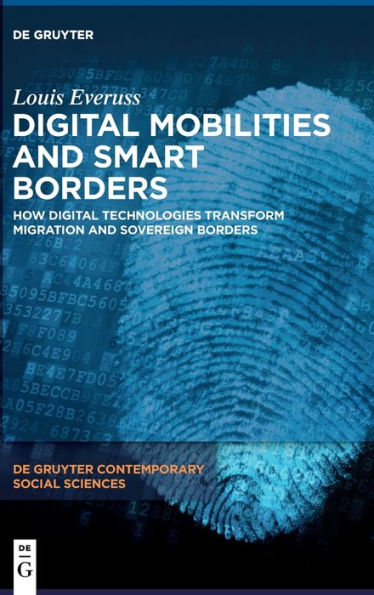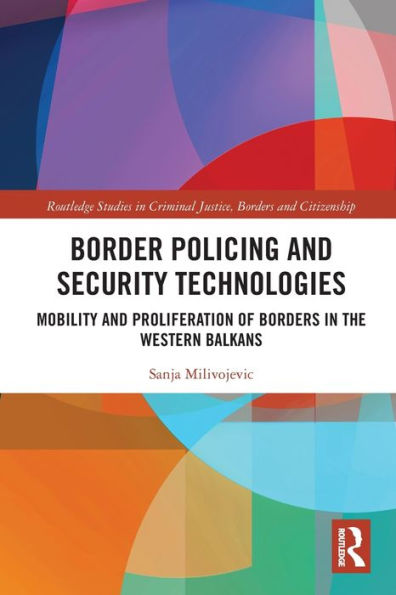Home
Digital Mobilities and Smart Borders: How Technologies Transform Migration Sovereign Borders
Barnes and Noble
Digital Mobilities and Smart Borders: How Technologies Transform Migration Sovereign Borders
Current price: $110.99


Barnes and Noble
Digital Mobilities and Smart Borders: How Technologies Transform Migration Sovereign Borders
Current price: $110.99
Size: Hardcover
Loading Inventory...
*Product information may vary - to confirm product availability, pricing, shipping and return information please contact Barnes and Noble
From smart gates and drone patrols to e-visas and mobile GPS apps, digital technologies are becoming a ubiquitous feature of state borders and travel. The embedding of digital technologies into bordering and travel processes is reshaping the ways people move around the world, as well as the means sovereign states use to control and facilitate that movement.
Digital Mobilities
studies these changes and examines how ‘digitisation’ is remaking the very fabric of state sovereignty, territory, and borders.
Some of the core bordering and travel transitions prompted by digitisation that are examined in
include the spatial and temporal reorganisation of borders; the algorithmic assessment of travellers as ‘data doubles’; the reformulation of border agency, or who or what performs the border; the digital augmentation of international travel; and the new tensions and conflicts arising between smart borders and digital mobilities. Understanding these transitions is essential for policy makers, advocates, and members of the public to comprehend both the exceptional opportunities and monumental risks posed by the embedding of digital technologies into borders and travel.
Digital Mobilities
studies these changes and examines how ‘digitisation’ is remaking the very fabric of state sovereignty, territory, and borders.
Some of the core bordering and travel transitions prompted by digitisation that are examined in
include the spatial and temporal reorganisation of borders; the algorithmic assessment of travellers as ‘data doubles’; the reformulation of border agency, or who or what performs the border; the digital augmentation of international travel; and the new tensions and conflicts arising between smart borders and digital mobilities. Understanding these transitions is essential for policy makers, advocates, and members of the public to comprehend both the exceptional opportunities and monumental risks posed by the embedding of digital technologies into borders and travel.

















